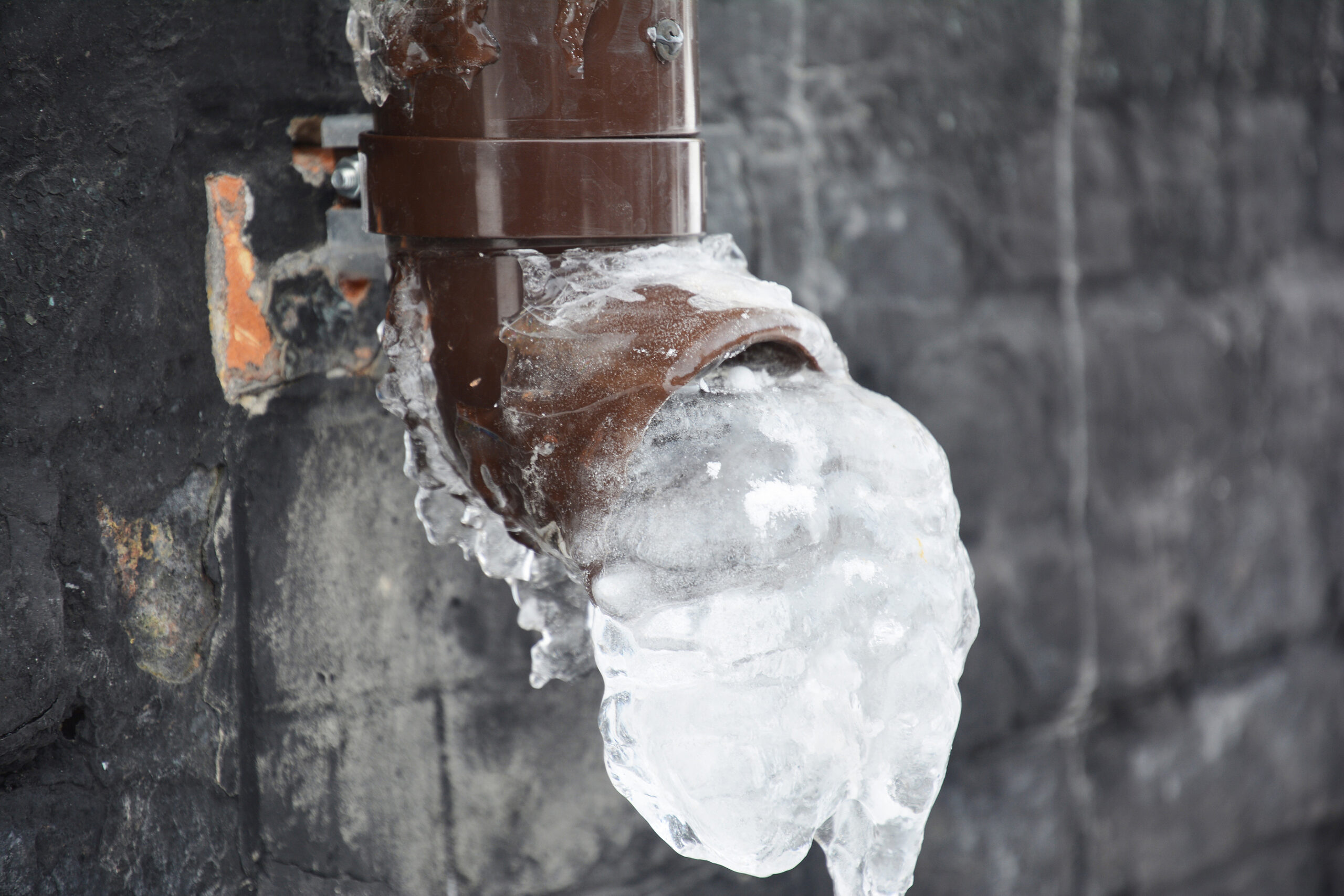How to Keep Your Pipes from Freezing Damage: Essential Advice
How to Keep Your Pipes from Freezing Damage: Essential Advice
Blog Article
Just how do you feel on the subject of Winter Plumbing Precautions: Preventing Frozen Pipes?

Cold weather can ruin your plumbing, specifically by freezing pipes. Here's exactly how to stop it from happening and what to do if it does.
Intro
As temperatures decrease, the risk of frozen pipelines increases, potentially bring about costly repair services and water damage. Comprehending exactly how to stop frozen pipes is vital for homeowners in chilly environments.
Avoidance Tips
Shielding vulnerable pipelines
Cover pipelines in insulation sleeves or make use of warmth tape to protect them from freezing temperatures. Concentrate on pipelines in unheated or external areas of the home.
Home heating strategies
Keep interior rooms effectively warmed, particularly areas with plumbing. Open cabinet doors to enable warm air to circulate around pipelines under sinks.
Just how to determine icy pipelines
Seek lowered water flow from faucets, unusual odors or noises from pipes, and visible frost on revealed pipelines.
Long-Term Solutions
Architectural changes
Take into consideration rerouting pipelines away from exterior wall surfaces or unheated locations. Add extra insulation to attics, cellars, and crawl spaces.
Upgrading insulation
Invest in top quality insulation for pipes, attics, and wall surfaces. Appropriate insulation helps keep constant temperature levels and lowers the danger of frozen pipes.
Protecting Exterior Pipes
Garden hose pipes and exterior taps
Disconnect and drain garden hose pipes before winter. Mount frost-proof spigots or cover outdoor taps with protected caps.
Understanding Icy Pipes
What creates pipes to ice up?
Pipes ice up when subjected to temperatures below 32 ° F (0 ° C) for expanded periods. As water inside the pipelines freezes, it increases, putting pressure on the pipe wall surfaces and potentially triggering them to break.
Risks and problems
Icy pipes can cause water supply interruptions, property damage, and costly repair services. Burst pipes can flood homes and cause extensive architectural damages.
Indications of Frozen Water Lines
Recognizing frozen pipes early can stop them from rupturing.
What to Do If Your Pipelines Freeze
Immediate activities to take
If you think icy pipelines, keep faucets open to alleviate stress as the ice melts. Utilize a hairdryer or towels taken in hot water to thaw pipes gradually.
Final thought
Stopping frozen pipelines needs positive measures and fast actions. By understanding the reasons, indications, and preventive measures, house owners can safeguard their pipes during winter.
5 Ways to Prevent Frozen Pipes
Drain Outdoor Faucets and Disconnect Hoses
First, close the shut-off valve that controls the flow of water in the pipe to your outdoor faucet. Then, head outside to disconnect and drain your hose and open the outdoor faucet to allow the water to completely drain out of the line. Turn off the faucet when done. Finally, head back to the shut-off valve and drain the remaining water inside the pipe into a bucket or container. Additionally, if you have a home irrigation system, you should consider hiring an expert to clear the system of water each year.
Insulate Pipes
One of the best and most cost-effective methods for preventing frozen water pipes is to wrap your pipes with insulation. This is especially important for areas in your home that aren’t exposed to heat, such as an attic. We suggest using foam sleeves, which can typically be found at your local hardware store.
Keep Heat Running at 65
Your pipes are located inside your walls, and the temperature there is much colder than the rest of the house. To prevent your pipes from freezing, The Insurance Information Institute suggests that you keep your home heated to at least 65 degrees, even when traveling. You may want to invest in smart devices that can keep an eye on the temperature in your home while you’re away.
Leave Water Dripping
Moving water — even a small trickle — can prevent ice from forming inside your pipes. When freezing temps are imminent, start a drip of water from all faucets that serve exposed pipes. Leaving a few faucets running will also help relieve pressure inside the pipes and help prevent a rupture if the water inside freezes.
Open Cupboard Doors
Warm your kitchen and bathroom pipes by opening cupboards and vanities. You should also leave your interior doors ajar to help warm air circulate evenly throughout your home.

I have been very inquisitive about Helpful Tips to Prevent Frozen Pipes this Winter and I hope you enjoyed the entire page. Sharing is good. You won't know, you may be doing someone a favor. Many thanks for going through it.
Call Today Report this page